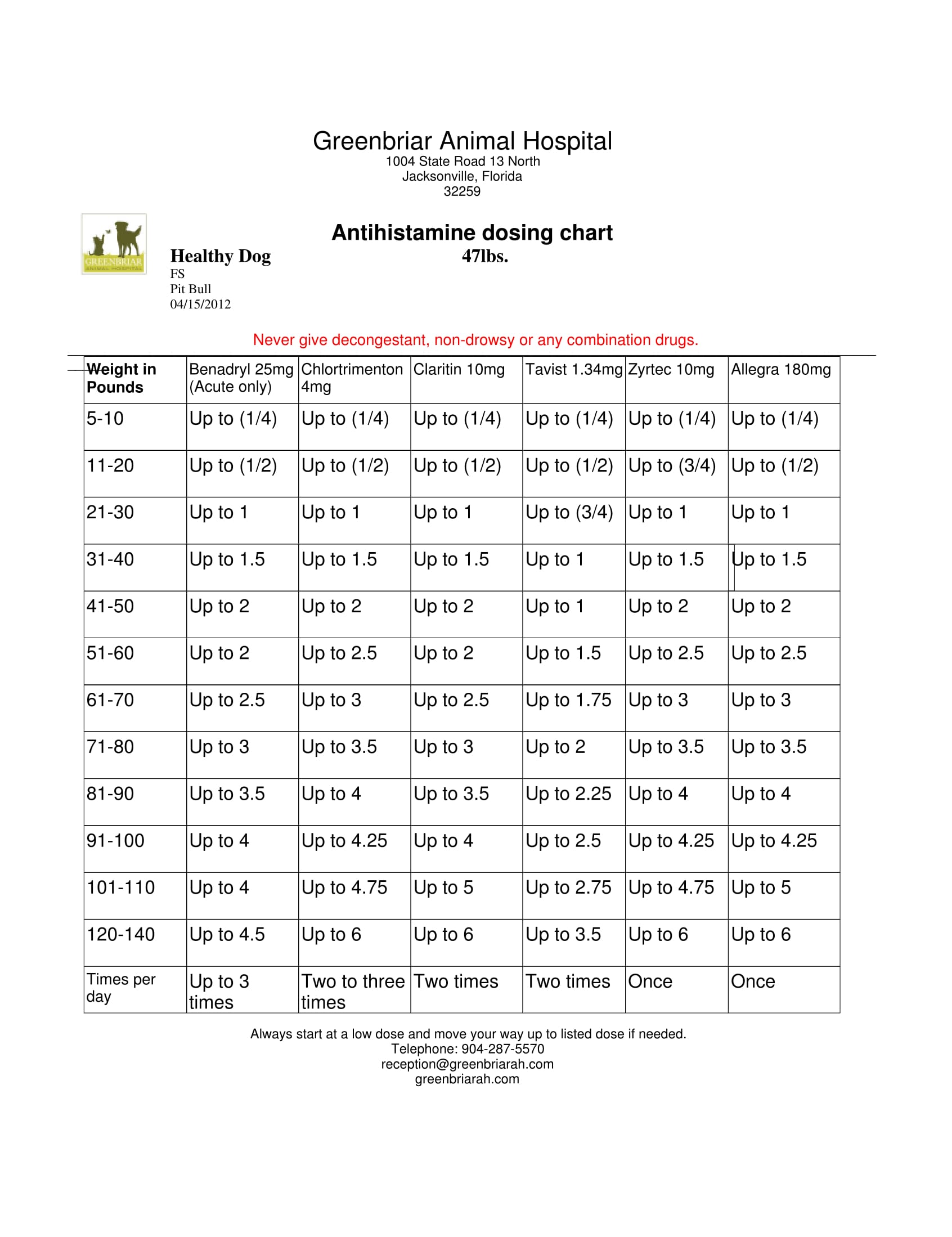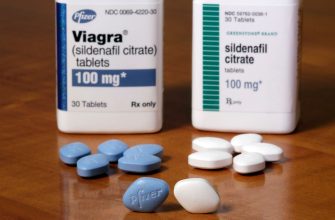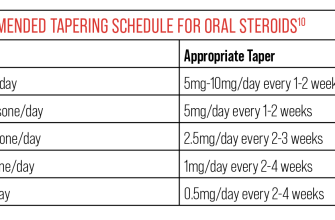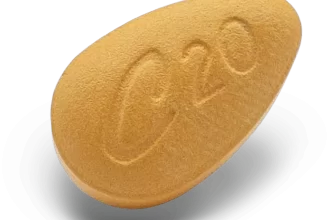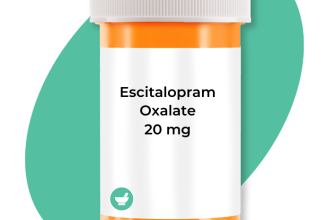Generally, Prednisone is prescribed for more serious inflammatory conditions, while Benadryl tackles allergies. Prednisone, a corticosteroid, powerfully reduces inflammation but carries risks like increased thirst, urination, and potential for long-term side effects with prolonged use. Always consult your vet before administering it.
Benadryl, an antihistamine, offers relief from allergic reactions like hives or itching. It’s usually safer than Prednisone for short-term use, however, it can cause drowsiness. Dosage varies significantly by dog size and the severity of the allergy; your vet will determine the appropriate amount.
Never give your dog either medication without explicit veterinary guidance. Incorrect dosage can lead to serious health problems. Your vet will consider your dog’s specific condition, medical history, and other medications they might be taking to choose the best treatment. Always follow their instructions precisely regarding dosage and administration.
Remember: This information serves as a general comparison and is not a substitute for professional veterinary advice. Always consult your veterinarian before giving your dog any medication.
- Prednisone vs Benadryl for Dogs: A Detailed Comparison
- Understanding Prednisone’s Role in Canine Health
- Managing Canine Allergies with Prednisone
- Prednisone and Inflammatory Diseases
- Important Considerations and Side Effects
- Benadryl’s Uses and Effects in Dogs
- Dosage and Administration
- Potential Side Effects
- Interactions and Precautions
- Comparing Prednisone and Benadryl: Indications for Use
- Dosage and Administration: Prednisone vs Benadryl
- Prednisone Dosage
- Benadryl Dosage
- Side Effects and Potential Risks: A Side-by-Side Look
- Prednisone and Benadryl Interactions: What to Consider
- Increased Sedation
- Gastrointestinal Upset
- Potential for Drug Interactions
- Dosage Considerations
- Monitoring Your Dog
- Summary of Potential Interactions
- When to Consult a Veterinarian
- When to Consult a Veterinarian: Seeking Professional Guidance
- Signs Requiring Immediate Veterinary Care:
- Reasons to Contact Your Vet:
Prednisone vs Benadryl for Dogs: A Detailed Comparison
Choose Prednisone for severe inflammation or allergies; opt for Benadryl for mild allergic reactions.
Prednisone, a corticosteroid, powerfully reduces inflammation. It’s prescribed for conditions like inflammatory bowel disease, allergies, and autoimmune disorders. However, long-term use carries risks, including increased thirst, urination, and appetite, along with potential for weight gain and suppressed immune function. Always follow your vet’s instructions meticulously, and never abruptly stop treatment.
- Dosage: Strictly adhere to your veterinarian’s prescribed dosage. Never adjust it without consulting them.
- Side Effects: Increased thirst, urination, appetite, weight gain, weakened immune system are possible.
- Suitable for: Severe allergies, inflammatory bowel disease, autoimmune disorders.
Benadryl, an antihistamine, tackles mild allergic reactions like hives, itching, and mild swelling. It’s generally safer than Prednisone for long-term use, but it might cause drowsiness. It’s not effective for severe inflammatory conditions.
- Dosage: Consult your vet for appropriate dosage based on your dog’s weight.
- Side Effects: Drowsiness, dry mouth, and possibly vomiting are potential side effects.
- Suitable for: Mild allergic reactions, insect bites.
Here’s a quick comparison table:
| Feature | Prednisone | Benadryl |
|---|---|---|
| Potency | High | Low |
| Use Cases | Severe inflammation, allergies | Mild allergies, itching |
| Side Effects | Increased thirst, urination, weight gain, weakened immunity | Drowsiness, dry mouth |
| Long-term use | Requires careful monitoring | Generally safer |
Remember: This information is for educational purposes only and doesn’t replace professional veterinary advice. Always consult your vet before administering any medication to your dog.
Understanding Prednisone’s Role in Canine Health
Prednisone, a glucocorticoid, powerfully reduces inflammation and suppresses the immune system. Veterinarians prescribe it for various canine conditions, including allergies, inflammatory diseases like arthritis, and autoimmune disorders. It’s a short-term solution, not a cure, so your vet will carefully monitor its use.
Managing Canine Allergies with Prednisone
For allergies, Prednisone quickly reduces itching and swelling. However, long-term use can lead to side effects. Your vet might suggest a lower dose or alternative treatments for continuous allergy management. Expect regular checkups to monitor your dog’s response and adjust the dosage.
Prednisone and Inflammatory Diseases
In cases of arthritis or other inflammatory diseases, Prednisone helps manage pain and improve mobility. It’s often combined with other medications and therapies for a holistic approach. Remember, Prednisone addresses symptoms; it doesn’t cure the underlying condition. Regular veterinary supervision is key for safe and effective use.
Important Considerations and Side Effects
Potential side effects include increased thirst and urination, increased appetite, weight gain, and changes in behavior. Serious side effects, though less common, include gastrointestinal ulcers and immune suppression. Report any concerning changes to your vet immediately. Your vet will carefully weigh the benefits against risks and create a safe treatment plan, frequently adjusting the dose and monitoring your dog’s health.
Benadryl’s Uses and Effects in Dogs
Benadryl, containing diphenhydramine, offers relief for dogs experiencing allergic reactions. It effectively combats itching from flea bites, hives, and environmental allergies. This antihistamine also helps manage mild anxiety and motion sickness in dogs, reducing symptoms like restlessness and vomiting.
Dosage and Administration
Always consult your veterinarian before administering Benadryl to your dog. Dosage depends on weight and specific needs. Typical recommendations range from 1mg to 2mg of diphenhydramine per pound of body weight, given every 8 to 12 hours. Liquids are often easier to administer than tablets. Never exceed the recommended dose.
Potential Side Effects
While generally safe, Benadryl can cause drowsiness, dry mouth, and mild gastrointestinal upset in some dogs. In rare cases, more serious reactions may occur. Monitor your pet for unusual behavior or changes in appetite after administering Benadryl. Immediate veterinary attention is required if you observe any serious side effects.
Interactions and Precautions
Benadryl can interact with certain medications. Inform your vet about all medications your dog is taking. Do not use Benadryl in dogs with glaucoma, heart disease, or urinary tract problems without veterinary guidance. Store Benadryl safely, away from children and pets.
Comparing Prednisone and Benadryl: Indications for Use
Prednisone, a corticosteroid, treats inflammatory conditions in dogs. It effectively manages allergies, autoimmune diseases like lupus, and inflammatory conditions such as arthritis. Dosage depends on the dog’s weight and the severity of the condition; your veterinarian will determine the appropriate amount.
Benadryl, an antihistamine, primarily addresses allergic reactions. It provides relief from symptoms like itching, hives, and swelling associated with insect bites, pollen allergies, or drug reactions. Common dosages are readily available, but always consult your veterinarian for the correct amount based on your dog’s weight.
While both drugs manage allergic reactions, their mechanisms differ significantly. Prednisone suppresses the immune system broadly, reducing inflammation throughout the body. Benadryl specifically targets histamine release, focusing on allergic symptoms. This means Prednisone is more powerful but carries a greater risk of side effects like increased thirst and urination, while Benadryl’s side effects, such as drowsiness, are usually less severe.
Therefore, the choice depends entirely on the underlying condition. Prednisone tackles severe inflammation, while Benadryl offers targeted relief from allergic symptoms. Always consult your veterinarian before administering either medication to your dog; they will diagnose the problem and prescribe the correct medication and dosage.
Dosage and Administration: Prednisone vs Benadryl
Always consult your veterinarian before administering any medication to your dog. They will determine the appropriate dosage based on your dog’s weight, age, and specific condition. Never self-medicate.
Prednisone Dosage
Prednisone dosage varies greatly depending on the reason for its use. Your vet will prescribe a specific amount, usually measured in milligrams per kilogram of body weight, administered once or twice daily. Common dosages range from 0.5 to 2 mg/kg. The duration of treatment also depends on the condition. Follow your vet’s instructions carefully, as incorrect dosage can have serious consequences.
Benadryl Dosage
Benadryl (diphenhydramine) is typically used for allergic reactions. A common guideline is 1 mg per pound of body weight, administered every 8-12 hours. For example, a 20-pound dog would receive 20mg of Benadryl. Again, your vet can provide the precise dosage for your dog’s needs. Liquid formulations are often easier to administer than tablets.
Observe your dog closely after administering either medication. Report any adverse reactions, such as vomiting, diarrhea, or changes in behavior, to your veterinarian immediately. Proper storage of medications is critical; follow the directions on the label.
Side Effects and Potential Risks: A Side-by-Side Look
Both prednisone and Benadryl carry potential side effects, but their nature differs significantly. Prednisone, a corticosteroid, can cause increased thirst and urination, increased appetite leading to weight gain, and behavioral changes like restlessness or aggression. Long-term use increases the risk of serious problems like suppressed immune function, thinning skin, and even cataracts. Always follow your vet’s instructions carefully regarding dosage and duration.
Benadryl, an antihistamine, generally has milder side effects. These can include drowsiness, dry mouth, and mild gastrointestinal upset. While generally safer than prednisone, some dogs may experience more pronounced drowsiness, or even vomiting or diarrhea. Always monitor your dog for unusual symptoms after administering Benadryl.
A key difference lies in the severity of potential long-term consequences. Prednisone’s potent anti-inflammatory action comes with a higher risk of cumulative negative effects with prolonged use. Benadryl, used as directed for short-term allergy relief, poses significantly fewer long-term risks. Discuss your dog’s specific needs and potential side effects thoroughly with your veterinarian before using either medication.
Remember, this information isn’t a substitute for veterinary advice. Always consult your veterinarian before giving your dog any medication, including over-the-counter drugs like Benadryl. They can help determine the best course of treatment for your pet’s specific condition and assess the potential risks involved.
Prednisone and Benadryl Interactions: What to Consider
Never administer Prednisone and Benadryl concurrently without veterinary guidance. While both are commonly used for canine allergies, their combined effects can be unpredictable.
Increased Sedation
Prednisone and Benadryl both possess sedative properties. Combining them significantly increases the risk of excessive drowsiness, lethargy, and even incoordination. Monitor your dog closely for these symptoms.
Gastrointestinal Upset
Both medications can cause gastrointestinal upset as a side effect. Taking them together might exacerbate this, potentially leading to vomiting or diarrhea. Provide fresh water and monitor food intake.
Potential for Drug Interactions
Specific interactions can occur depending on the dog’s overall health and other medications they’re taking. Prednisone can affect how the liver processes Benadryl, altering its effectiveness or increasing the risk of side effects. A vet can assess these risks.
Dosage Considerations
Never adjust dosages without explicit veterinary instruction. The safe dosage of both Prednisone and Benadryl varies greatly depending on factors like weight, age, and the specific health condition being treated. Improper dosing can be harmful.
Monitoring Your Dog
Observe your dog closely for any unusual behavior or side effects after administering either medication, especially when used together. Immediate veterinary attention is necessary for serious reactions.
Summary of Potential Interactions
| Medication Combination | Potential Interactions | Symptoms to Watch For |
|---|---|---|
| Prednisone + Benadryl | Increased Sedation, Gastrointestinal Upset, Altered Drug Metabolism | Excessive drowsiness, lethargy, incoordination, vomiting, diarrhea |
When to Consult a Veterinarian
Consult your veterinarian before combining Prednisone and Benadryl, or if you observe any concerning symptoms in your dog after administering either medication. They can help determine the safest and most effective treatment plan.
When to Consult a Veterinarian: Seeking Professional Guidance
See your vet immediately if your dog experiences any allergic reaction symptoms beyond mild itching or hives. This includes difficulty breathing, swelling of the face or throat, vomiting, diarrhea, or collapse. These are signs of a severe reaction and require immediate veterinary attention.
Signs Requiring Immediate Veterinary Care:
- Difficulty breathing or wheezing
- Facial or throat swelling
- Collapse or loss of consciousness
- Severe vomiting or diarrhea
- Hives spreading rapidly across the body
- Pale gums
- Increased heart rate
Schedule a vet appointment if your dog’s symptoms worsen or don’t improve after a few days of treatment with Benadryl or Prednisone (even if prescribed by a vet previously). Don’t hesitate to seek professional help if you are unsure about the correct dosage or your dog’s reaction to the medication.
Reasons to Contact Your Vet:
- Your dog’s condition doesn’t improve within 24-48 hours of starting medication.
- You observe new or worsening symptoms.
- You are uncertain about the correct dosage of Benadryl or Prednisone.
- Your dog exhibits any side effects from the medication, such as increased thirst, appetite changes, or behavioral changes.
- You are unsure about the cause of your dog’s allergic reaction.
Remember, early intervention is key to managing allergic reactions in dogs. Don’t hesitate to contact your veterinarian – they are there to help your furry friend feel better.

